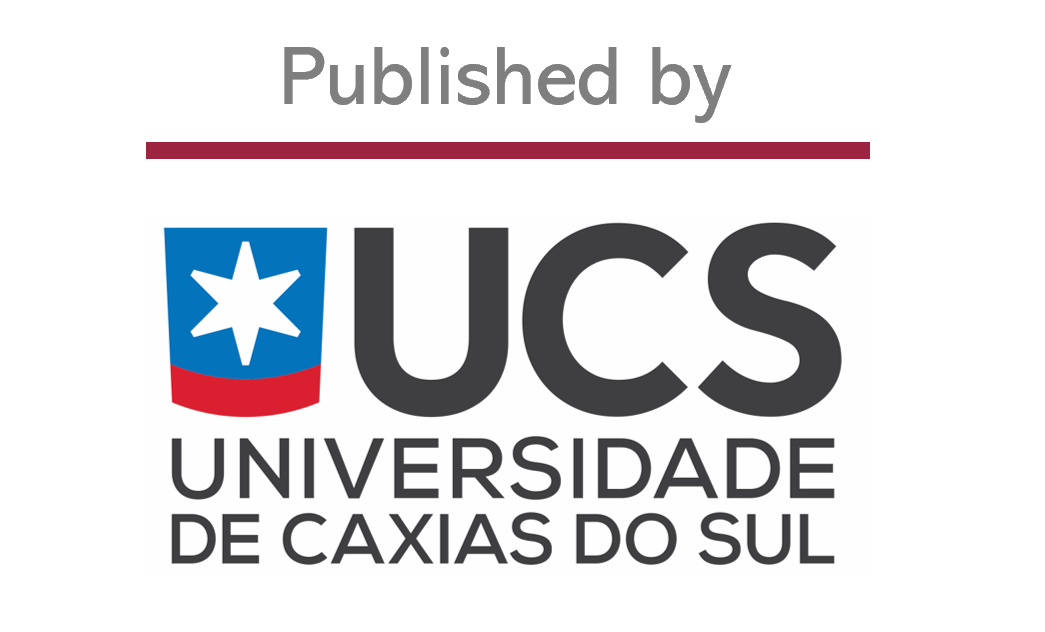Study and Application of Forced Convection in Road Bus Heating System
DOI:
https://doi.org/10.18226/23185279.v3iss1p29Abstract
This work deals with a replacing the heating system of intercity buses, made by long heat exchangers distributed on the sides of the passenger saloon by small and compact ones that use forced convection to heat dissipation. At the beginning the calculation was made of the heat capacity of a heat exchanger with the parameters defined by the supplier, and then conducted an analysis of change in these parameters in order to improve its efficiency. The method for examining the heat exchanger is based on the correlations available in the convection flow inside and outside to determine the respective convective coefficients, and therefore the overall coefficient of heat transfer. Following, the heat exchanger in its original form, was tested on bench. Thus, from the thermal load of the bus model studied, the amount of exchangers required has been defined to satisfy the thermal comfort of passengers. Field tests of the heating systems with new heat exchangers were performed to obtain actual data of the proposed system. The original factory system showed to be efficient in meeting the needs thermal load and economically viable, such that the critical thermal load can be met with ten heaters installed along the body. Furthermore, this system offers the possibility of varying the parameters to best fit to the project, where the flow variation of the fans or the spacing between the fins of the heat exchanger decreases the amount of heaters required. At the same time, the system showed the need for further study to assess its distribution along the passenger saloon in order to meet a best uniformity temperature distribution.
Downloads
Published
How to Cite
Issue
Section
License
Copyright (c) 2015 Scheila Sandi Biazus, Carlos Roberto Altafini

This work is licensed under a Creative Commons Attribution 4.0 International License.
Declaração de originalidade e cessão de direitos autorais
Declaro que o presente artigo é original, não está sendo tendo sido submetido à publicação em qualquer outro periódico nacional ou internacional durante o processo de revisão. Através deste instrumento, em meu nome e em nome dos demais co-autores, porventura existentes, cedo os direitos autorais do referido artigo à revista SCIENTIA CUM INDUSTRIA. Contudo, a reprodução total ou parcial impressa ou eletrônica pode ser feita desde que o autor comunique oficialmente à revista. Declaro estar ciente de que a não observância deste compromisso submeterá o infrator a sanções e penas previstas na Lei de Proteção de Direitos Autorias. Declaro estar ciente de que a não observância deste compromisso submeterá o infrator a sanções e penas previstas na Lei de Proteção de Direitos Autorias (Nº9610, de 19/02/1998).




